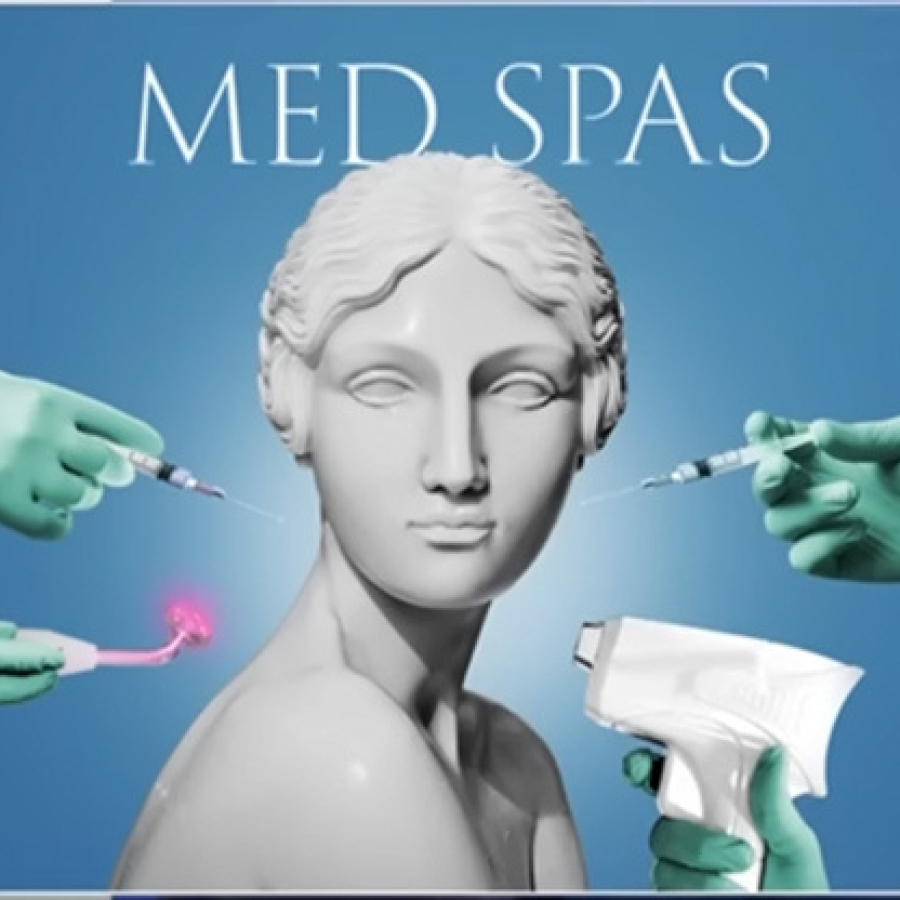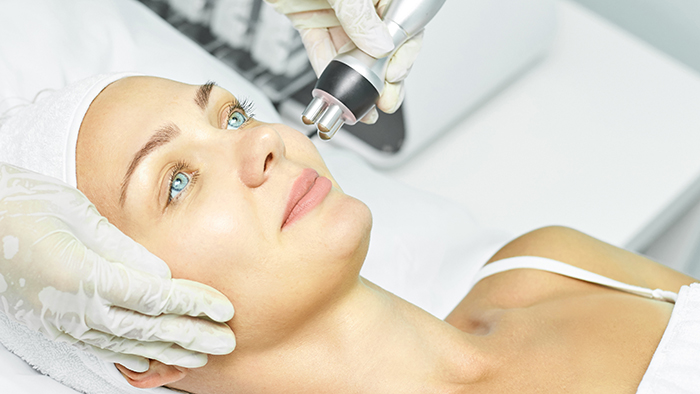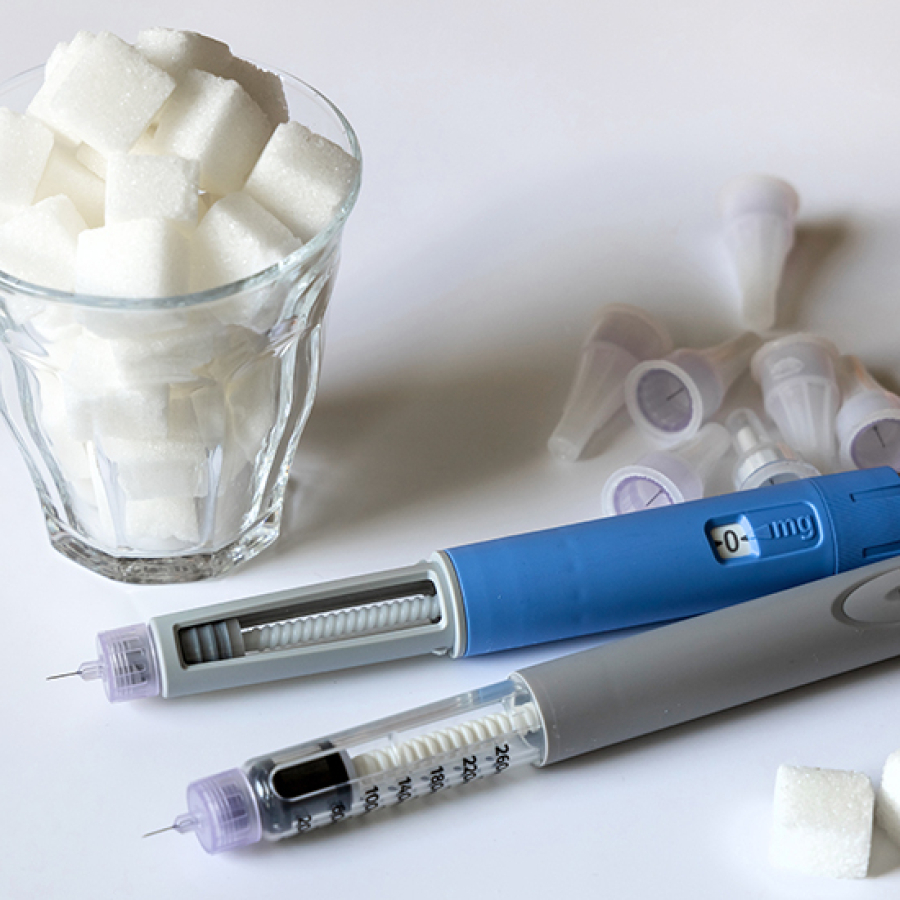
Legal
HB 3749, Greg Abbott, and... John Oliver?
HBO's Last Week Tonight with John Oliver discussed public concerns about how med spas operate.By Alex Thiersch, CEO, AmSpaJohn Oliver ...

Show your committment to patient safety, legal compliance and community over competition.
AmSpa members receive preferred pricing on all AmSpa live and virtual trainings.
Get the latest news and information about safe, legal practice in medical aesthetics directly in your inbox.
Get access to med spa laws, in-person and online training and more!
Posted By Mike Meyer, Monday, October 14, 2019

By Alex R. Thiersch, JD, CEO of the American Med Spa Association (AmSpa)
Anyone involved in medical aesthetics can tell you that the industry has been absolutely booming for some time now. Whether you own a large medical spa, operate a small aesthetic practice, or sell devices to providers, chances are you're making money. Good money.
And the industry has shown incredible resiliency and staying power, having remodeled itself after the 2008 recession into a larger, more profitable enterprise.
The numbers don't lie. AmSpa recently released its 2019 Medical Spa State of the Industry Report, which details business, financial and treatment data relating to United States medical spas. The numbers are pretty impressive.

The report showed that the industry grew a whopping 50% in 2017 alone, with 2018 following close behind with 30% growth. Since 2011, when the industry really started to take off in its current form, it has grown an average of 28% every year. And it shows no signs of stopping. AmSpa forecasts nearly 20% growth every year for the next five years, projecting the industry will double in size from 5,400 medical spas in 2018 to more than 10,000 in 2023.
The medical spa industry is currently a $10-billion business that employs more than 53,000 people by itself (excluding other aesthetic practices such as plastic surgery and cosmetic dermatology). It is on pace to become a $20-billion industry in short order. This places it among the fastest-growing industries in America.
So what's not to like? Strong growth, better technology, increased appetite for non-invasive techniques that make customers look younger—it all looks good, right?
Although all signs point to continued robust growth, one issue lurks beneath the surface that continues to nag at the industry as a whole. It is the one problem that the industry can't seem to get its hands around and, until it does, it risks not only never reaching its full potential, but also causing the industry to crumble under its own weight.
I'm talking about compliance. AmSpa's report also took a high-level snapshot of how the medical spa industry functions from a legal and regulatory standpoint. It's critical to remember that this industry is made up of medical spas—businesses that are medical facilities governed by the same regulations that orthopedic surgeons, family practice doctors and cardiologists, for example, must follow. These rules are enforced by state medical and nursing boards, the U.S. Food and Drug Administration (FDA) and the Drug Enforcement Administration (DEA), as well as state attorneys general. These are mandatory regulations that, when broken—even if just a little bit—can result in loss of license, hefty fines and even imprisonment.

All of these outcomes have occurred at an increasing rate during the past five years, and enforcement efforts are clearly increasing. Don't believe me? Try typing "Botox arrest" or "med spa arrest" into Google and see what pops up.
It's understandable, I suppose, that this industry would be slow to get on track legally. After all, with entrepreneurs and pharmaceutical companies raking in billions of dollars, it stands to reason that some shady characters would operate on the fringes. And there is no question that the applicable laws can be difficult to find, are sometimes fuzzy, and almost always are antiquated relics designed to apply to a different era of medicine. With so much new technology and so many new opportunities coming together in one industry, it is not surprising that many providers have struggled to determine what rules apply, and when. Don't believe me? Just try calling your state medical board or nursing board.
But it's time to get serious—and fast¬≠—because as the industry innovates, creates and adds zeros to its bottom line, more and more opportunists take notice. Turf wars are developing between medical providers and societies. Industry executives are carving out pieces of the pie exclusively for themselves. Scammers are emerging, as are get-rich-quick schemes. And state and federal authorities are opening their eyes and actually paying attention.
Here's the bottom line: If the medical spa industry doesn't get its act together and focus on becoming safe, compliant and trustworthy, a reckoning will come in the form of over-regulation, truly bad publicity and public distrust—none of which are good for consistent growth.
And let's be honest with ourselves here: Many of the rules that are being broken are not terribly difficult to wrap our heads around. Should an aesthetician with zero medical training, no oversight or supervision, and no hospital privileges be performing lip injections that can cause a patient to go blind if side effects aren't handled properly? Should lasers that can quite literally burn a patient's skin off their faces be administered without oversight or medical supervision?

AmSpa's 2019 Medical Spa State of the Industry Report found that 13% of medical spas don't perform any medical consultation prior to treatment, and that 15% of medical spas have someone other than a registered nurse, nurse practitioner, physician assistant or doctor performing injectable procedures. Five percent of medical spas admit that they have employees with no medical training whatsoever performing injections.
Take a step back and really think about those statistics. There are close to 1,000 medical spas in this country where a patient can be injected with toxin or fillers—treatments with potential outcomes that, if untreated, have been scientifically proven to cause serious side effects—without ever seeing a qualified medical professional. Or where a technician can fire a laser capable of causing third-degree burns and permanent disfigurement without any medical supervision whatsoever. Now imagine the news coverage and subsequent legal and legislative action that would result from even one individual going blind from a filler injection from an unqualified provider, or one high-profile individual being permanently scarred from laser burns. The results won't be pretty.
Physician oversight is crucial, as are minimum training standards. Basic requirements must be universally adopted and self-enforced. The public must be convinced beyond any doubt that all medical spas are just as safe—if not safer—than plastic surgery offices or dermatology practices. AmSpa, with its partners at the law firm of ByrdAdatto, has been working tirelessly for more than six years to educate the industry on the basic requirements needed to make it safe and allow it to grow to its full potential.
Related Tags
Medical spa news, blogs and updates sent directly to your inbox.

Legal
HBO's Last Week Tonight with John Oliver discussed public concerns about how med spas operate.By Alex Thiersch, CEO, AmSpaJohn Oliver ...

Trends
By Patrick O'Brien, JD, general counsel, and Kirstie Jackson, director of education, American Med Spa AssociationWhat is happening with glucagon-like ...

Trends
By Michael Meyer Approximately every two years, the American Med Spa Association (AmSpa) releases its Medical Spa State of ...

Trends
By Michael Meyer Since the beginning of 2024, it seems like medical aesthetics has taken one hit after another ...